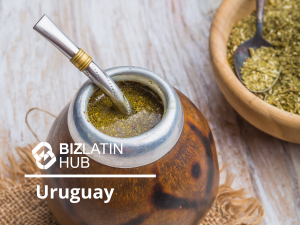Latin America is home to powerhouse wine producing regions Argentina and Chile. However, New Zealand already exports more wine than Argentina and South Africa. There are already many benefits of trade between New Zealand and Latin America. Now, an opportunity lies in promoting New Zealand exports to Latin America, including wine.
New Zealand exports to Latin America are relatively small at the moment, meaning there is immense potential for growth. The region is growing in terms of disposable income, meaning that there is plenty of demand for top quality luxury products such as kiwi wine.
Below, we look at the 5-step process for New Zealand exports to Latin America and opportunities in the Latin American wine market. Biz Latin Hub can help you enter local markets across the region, thanks to our network of dedicated local offices throughout Latin America and the Caribbean.
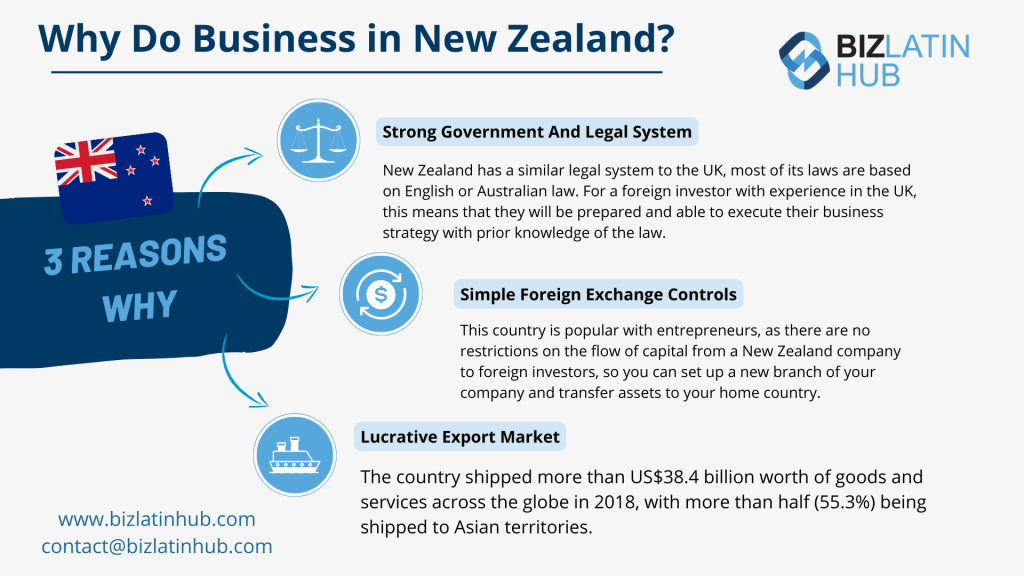
The New Zealand wine market
New Zealand wine is getting big. It has already earned itself a prestigious reputation in the United Kingdom, the United States and Australia. In 2018, the New Zealand wine industry reported its 23rd year of consecutive growth. Currently, it is the world’s 7th largest wine exporter with exports valued at NZ$1.7 billion.
While famous for Malborough region sauvignon blancs, Central Otago pinot noirs are now also making their mark in international competitions and awards. Furthermore, a focus on sustainability and respect for the environment differentiates New Zealand winemakers from the rest.
Wine tourism is now an important sector for the New Zealand economy. 27% of all tourists that come to New Zealand visit vineyards. With a spend of $3.8 billion, it’s too big a market force to ignore. Although many tourists can buy wine directly from the cellar door to enjoy back home in their country, what happens when they want more?
New Zealand wine is as common as any other on a UK, Australian or East Asian supermarket shelf. However, there are still parts of the world that are not familiar with New Zealand’s high-quality wines, and they should be. That’s what makes wine a key part of New Zealand exports to Latin America and a potential growth area.
New Zealand wine export process
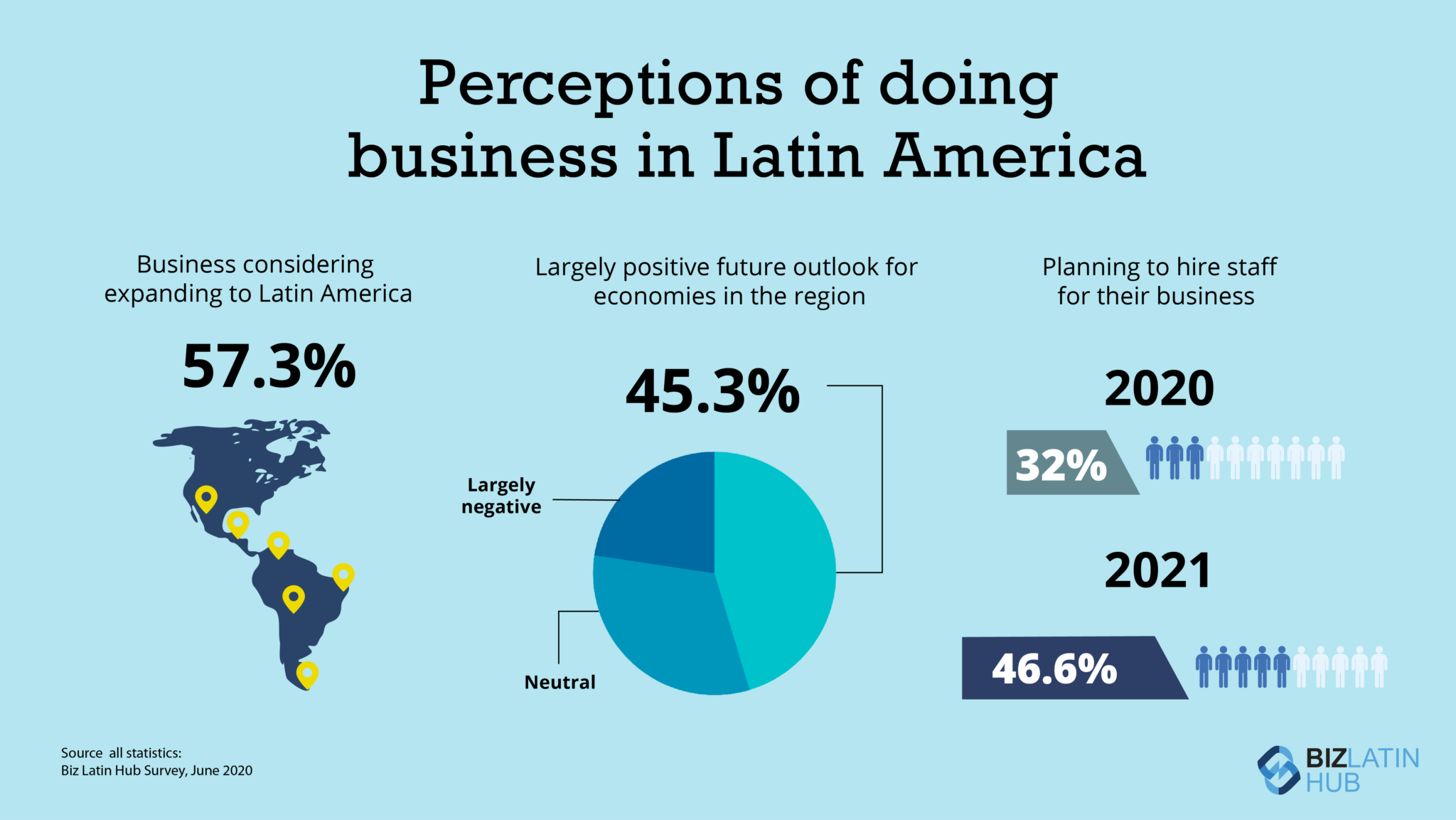
Step 1: Meet New Zealand Requirements
Any wine produced for New Zealand exports to Latin America must meet the following requirements in order to be exported:
- Legal requirements are set out in the Wine Act 2003 and New Zealand Grape Wine Export Eligibility Requirements Notice which can be found on the website of Ministry for Primary Industries.
- You must develop a Wine Standards Management Plan and have it verified by an approved body within six months of registration or before your first export (whichever is soonest). The verification will be checked every 12 months.
- Meet labeling requirements for New Zealand (set out in the Food Standards Australia New Zealand (FSANZ) code and the Wine Act 2003) and the country you intend to import your wine into. Each country has different requirements so its recommended you touch base with an in-country expert.
- Organic wine is subject to extra requirements.
Step 2: Check Destination Requirements
Make sure the wine you export will be accepted into its destination country. Check the Overseas Market Access Requirements (OMARs). These may include winemaking practices and possible extra labeling or assurance requirements.
Many countries do not have OMARs, so check for any other import requirements your intended export destination might have.
Step 3: Register for Wine E-Cert
Wine producers, bottlers and exporters need to apply for Wine E-Cert, an online service that processes export applications. A registration pack of documents can be downloaded from the Ministry for Primary Industries.
Step 4: Apply for Batch Approval
You need export eligibility approval for every batch of wine you plan to be part of New Zealand exports to Latin America. You must complete an application through the online Wine E-Cert service. For each batch of wine, two samples must be submitted to the Wine Export Certification Service (WECS).
Some overseas markets also require an official certificate verifying the chemical analysis of your wine. This service can be requested through E-Cert if necessary.
Step 5: Apply for Consignment Approval
You must get approval from the Ministry of Primary Industries to export your consignment of wine. Once you have received batch approval, you can submit the consignment request through Wine E-Cert.
If your export destination country has assurance requirements, an official assurance certificate can be requested at this stage and will be part of the approval document.
Once approved, an ‘export eligibility statement’ is available to you in Wine E-Cert and one copy is sent to your freight forwarder, as this necessary to complete an export entry with NZ Customs. The statement contains:
- a list of each batch of wine in the consignment
- a unique permit number to enable the wine to clear New Zealand Customs.
A quick Recap :
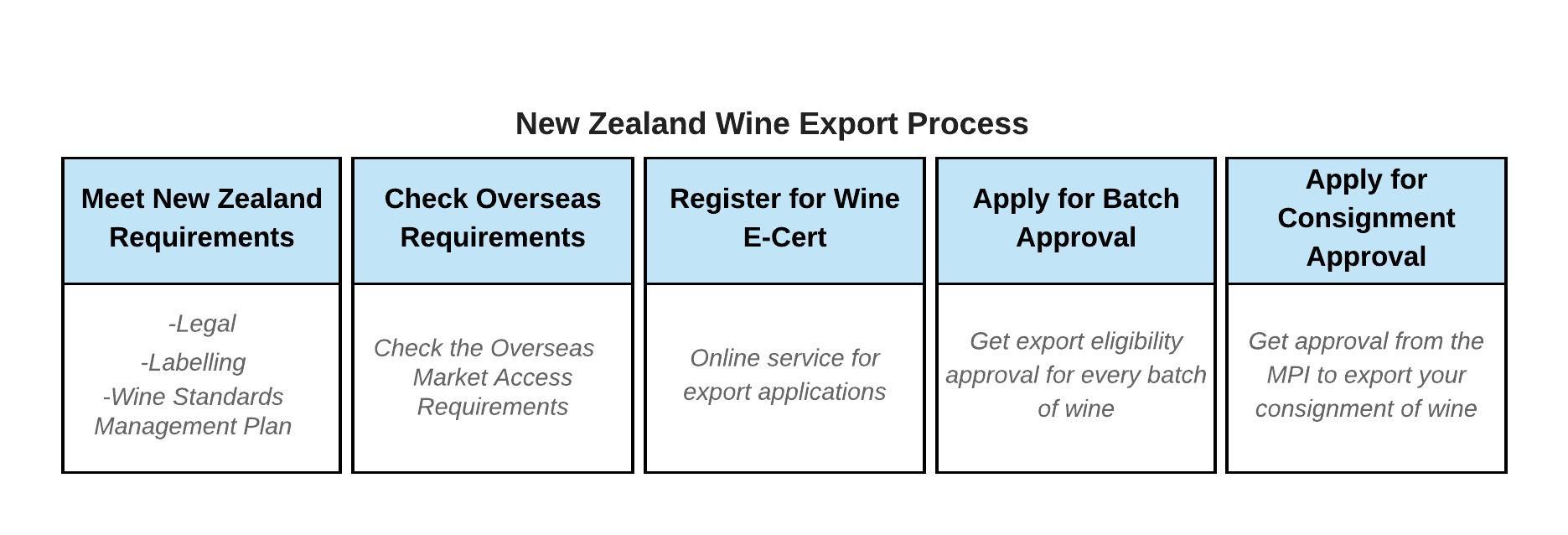
CPTPP Effects on The Wine Market
The Comprehensive and Progressive Agreement for Trans-Pacific Partnership (CPTPP) will strengthen trade and business between pacific-rim countries. Wine, among other products, was previously subject to high tariff restrictions and is expected to significantly benefit from the agreement.
Latin American countries that form part of the agreement are Mexico, Chile and Peru (the latter two are awaiting ratification). Additionally, Colombia has made a request to join the agreement as well. Both countries will have 0% tariffs on wine once the agreement is in force.
In Mexico, tariffs for red, rose and white wine, valued at more than USD $5 per litre, will be reduced to 0% by 2020. That’s a huge reduction from the previous 20% tariff rate.
Mexico As An Export Market for New Zealand exports to Latin America
Latin America’s biggest luxury market is in Mexico, and it shows no sign of slowing down. A middle class with increased consumer spending is growing. Although a small percentage of the population, the numbers this large country create market opportunities.
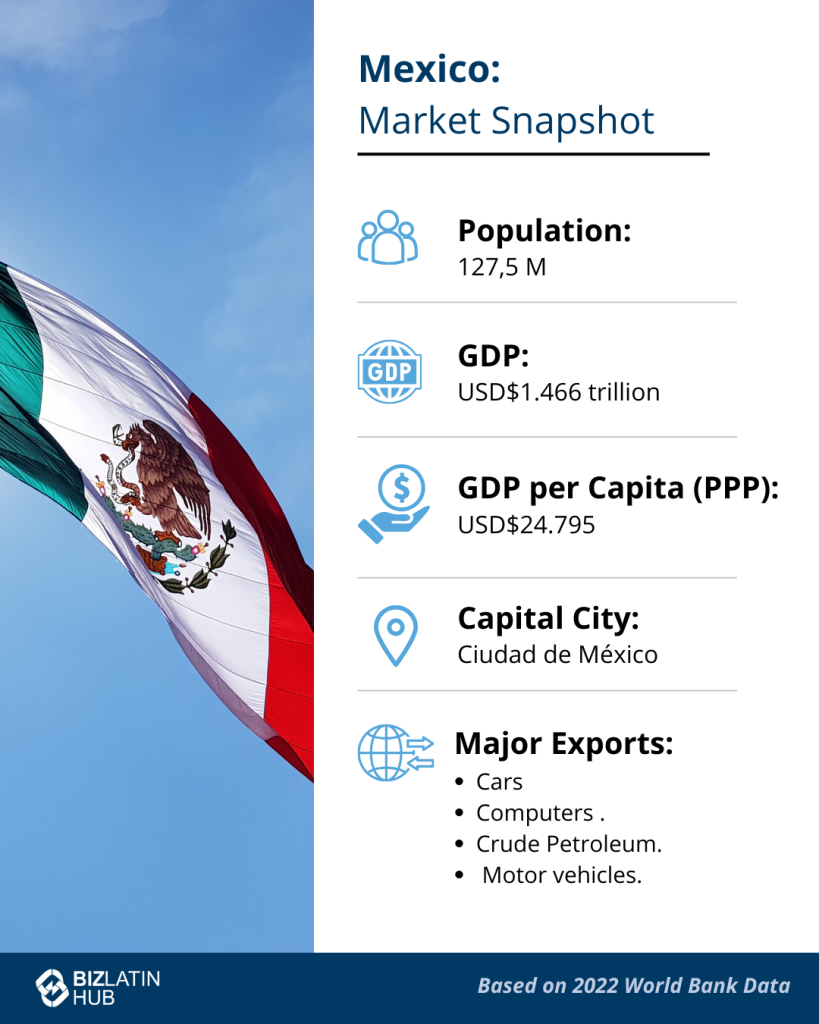
Additionally, many consumers are willing to pay more for organic products and wine is no exception to that trend. The ability to market New Zealand wine as a premium niche product can garner the high prices it deserves.
Although New Zealand is famous for its sauvignon blanc, it also produces many excellent reds to suit Mexican consumers’ preferred wine. However, there still exists a market for white and rose wine in Mexico’s warm climate. Wine consumption is growing in Mexico and with diminishing tariffs, now is a good time to consider entering this market.
One should also consider Mexico’s large tourism industry as a market opportunity. 10.3 million Americans visited Mexico in 2017. As a key market for New Zealand exports to Latin America, distributors should look to position wine in high-end tourist destinations, resorts and restaurants.
The tourist market can provide bigger returns for white and rose wine. As New Zealand wine is already the 3rd biggest player in the US market (dollar value), its Latin neighbors are expected to catch on to the buzz soon.
World Wine Trade Group
The World Wine Trade Group has an important influence in facilitating the international wine trade. Latin American member countries include Argentina, Chile and Uruguay. New Zealand is also a member. The group has negotiated treaties on winemaking processes and labeling requirements.
Due to ‘mutual acceptance policy,’ any wine that fits requirements of its local market can be accepted into a member country’s market without additional testing. This policy opens the Argentinian and Uruguayan market up to Kiwi wine exporters and removes certain barriers to wine and other New Zealand exports to Latin America.
Biz Latin Hub can help you with New Zealand exports to Latin America
Navigating foreign business cultures can difficult, especially when you consider the many requirements necessary to stay compliant. We know that New Zealand exports to Latin America, whether wine or something else entirely, can have bureaucratic processes that are hard to understand.
Get in touch with Biz Latin Hub. With countries offices located throughout Latin America, we are able to help you enter your chosen Latin American market. Our local and expatriate professionals offer personalized in-country support. We also provide back-office services such as legal, accounting, due diligence, and visa assistance.
Get in contact with us today for expert advice from our financial and legal experts.






